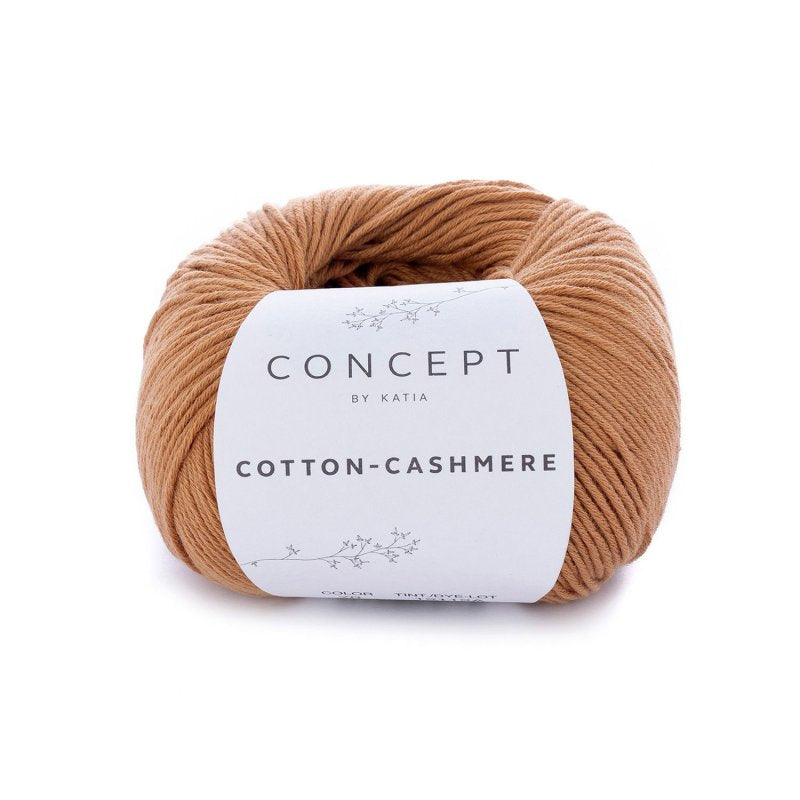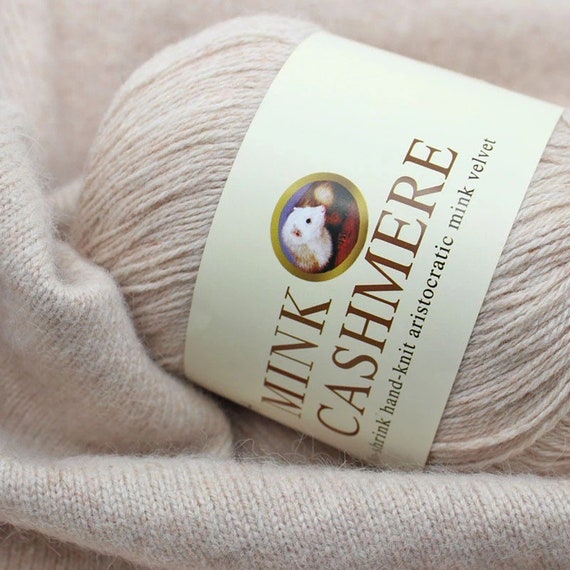What Is Cashmere and Why It’s a Key Item in Every Fashion Lover’s Wardrobe
What Is Cashmere and Why It’s a Key Item in Every Fashion Lover’s Wardrobe
Blog Article
Understanding the Different Kinds Of Cashmere an All-natural Fiber and Their Unique Advantages

The Beginnings of Cashmere: A Historical Review
While the luxurious touch of cashmere remains to appeal modern-day customers, its origins trace back to the extreme, chilly environments of Mongolia and the Mountain ranges. For centuries, the native individuals of these areas have been raising Capra Hircus goats, the prime source of cashmere wool. These goats, durable against the serious winter seasons, expanded a fine undercoat to endure, which later ended up being called cashmere. The name itself admires Kashmir, a region in India where the wool was at first processed. Much of the early cashmere trade path was assisted in by the Silk Road, attaching Asia with the Middle East and Europe. Despite its global spread, the finest cashmere is still believed to stem from the initial areas of Mongolia and the Mountain Ranges.

The Production Refine: From Goat to Garment
Shearing a Capra Hircus goat marks the creation of the complex cashmere manufacturing process. This delicate treatment typically occurs annually throughout springtime. The fine, soft undercoat is after that separated from the coarser external hair, a procedure called dehairing. The resultant raw cashmere is after that washed to eliminate pollutants such as oil, dirt, and vegetable matter.
The clean fiber goes through coloring, spinning, and weaving, or knitting, to transform it right into a textile. Complex treatments such as top quality control checks and ending up processes follow, making sure completion product preserves the extravagant standard expected of cashmere. This meticulous process, from goat to garment, warrants the high price attached to cashmere items, making them an icon of high-end and improvement.
The Different Types of Cashmere: An Extensive Analysis

The Unique Benefits of Cashmere: Comfort and Sustainability
Moving from the variety of cashmere types to the benefits they provide, comfort and sustainability stand apart plainly. Cashmere, an all-natural fiber, is renowned for its unrivaled soft qualities, supplying a level of comfort that synthetic fibers can not match. The material's lightness, yet outstanding warmth retention, makes it perfect for all periods. Cashmere's all-natural flexibility permits it to return to its original form, making it immune to diminishing or extending.
When it concerns sustainability, cashmere is naturally degradable and renewable, as it's harvested from cashmere goats who regrow their coats yearly. what is cashmere. Unlike artificial fibers click for more info which can take centuries to disintegrate, cashmere's impact on the atmosphere is very little. This mix of convenience and sustainability makes cashmere a valuable selection for mindful customers

Caring for Your Cashmere: Upkeep and Preservation Tips
While cashmere is certainly a luxurious and sustainable choice, it calls for certain treatment to preserve its high quality and expand its lifespan. To start, cashmere need to be hand cleaned using cool water and a light detergent. Stay clear of wringing the garment or twisting as it can harm the fibers. Instead, carefully squeeze out excess water and lay it level on a towel to dry. Furthermore, cashmere things should be saved in a dry and cool location, far from straight sunlight and wetness. Making use of moth repellents can safeguard these garments from possible damages. Last but not least, it's a good idea to stay clear of hanging cashmere to stop extending. Rather, fold and store them appropriately to keep their shape and high quality with time.
Buying Cashmere: Understanding Its Value and Worth
Although cashmere might initially seem like a costly financial investment, its long-lasting worth and worth ended up being noticeable when you consider its impressive qualities. Understood for its unmatched soft qualities and warmth, cashmere is a premium all-natural fiber that exceeds other products. Spending in cashmere, for that reason, is not simply regarding existing fashion trends, but regarding welcoming a sustainable, lasting, and luxurious lifestyle.
Verdict
In summary, the sort of cashmere one picks, be it Mongolian, Chinese, or Italian, is dictated by private preferences for warmth, budget, sustainability, and deluxe. The worth of cashmere extends beyond its price, with convenience and long life adding to its well worth. Proper treatment and upkeep can guarantee its preservation. For that reason, recognizing the beginnings, manufacturing procedure, and distinct benefits of different sorts of cashmere can guide consumers in their financial investment in this luxurious natural fiber.
Whether it's the phenomenal warmth of Mongolian cashmere, the cost of Chinese cashmere, or the eco-conscious production of Italian cashmere, there's a tale to be uncovered behind each fiber type. Cashmere, a natural fiber, is renowned for its exceptional softness, offering a degree of comfort that synthetic fibers can't match.When it comes to sustainability, cashmere is eco-friendly and naturally degradable, as it's useful source harvested from cashmere goats that regrow their layers yearly. Known for its unparalleled soft qualities and heat, cashmere is a premium all-natural fiber that outmatches various other materials. Understanding the beginnings, production process, and one-of-a-kind benefits of various types of cashmere can lead customers in their investment in this elegant natural fiber.
Report this page